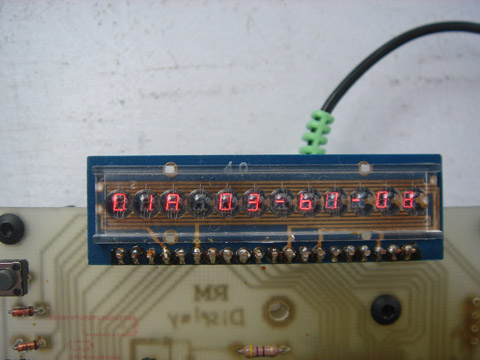

This is a microcontroller project involving a dsPIC and audio generation. The Mod Player can hold up-to about 400K of MOD Music on the internal FLASH memory of the 128K dsPIC chip. It can do this, because I found that I could squeeze a .MOD file's data to about 1/4 of the size, just by using more efficient ways to pack the data. There's no compression involved. Just the use of more table lookups. I made a table of effects used within the song, as well as a table of notes used in the song. The pattern data was then reduced to indexes into those tables. Large MOD's could be too complex for this solution, since the number of bits required to index the tables, would become too many, but then... those large songs totally wouldn't have fit in the dsPIC anyway.


Of course, you can pause and resume playback.


You can adjust the volume, and there's a VU meter if you like watching lines bouncing to the music.

There's a channel cross-fade feauture, which (when turned on) will mix the left and right channels of audio together (each channel gets about 50% of the other channel mixed into it). This makes the MOD music easier to listen to, with headphones (it makes it sound like more natural stereo).

The player can display the current song#, followed by a letter representing the repeat mode: A=All Songs, S=Single Song, or _=Repeat Off. Then there are 3 pairs of digits. The first pair, is the current Pattern Number, and increases as the song plays, until the end of the song is reached. The second pair, is the line within the pattern, and increases, typically, between 0..63. The final pair, is the tick, which increases every 1/60th of a second, and indicates the playback rate, resetting every time a new line begins.

The controls are as follows (down the left edge, then across the bottom: